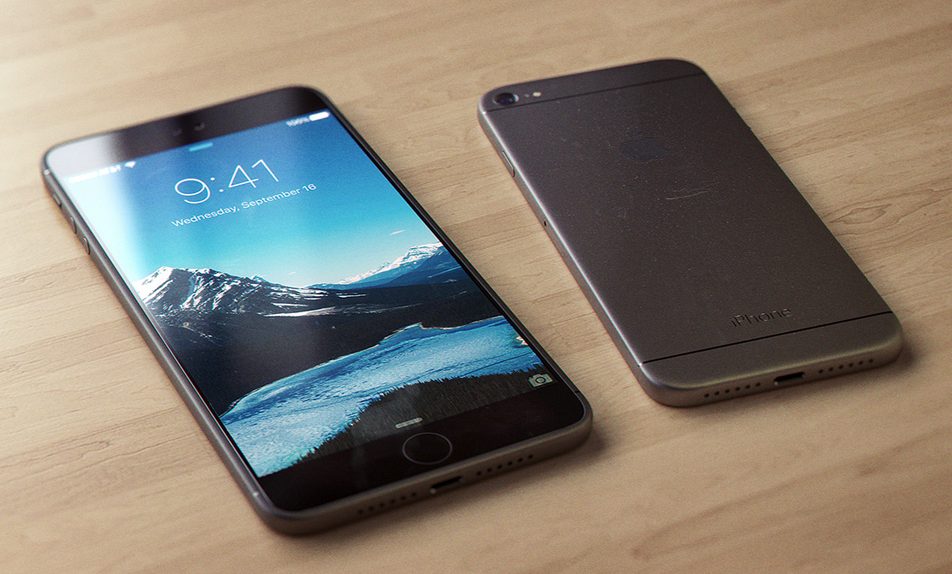If a new report is accurate, then it seems every single major chip inside the iPhone 7 will get an EMI cover. While it may not sound like much, this minor breakthrough might prove to be essential for further improving the iPhone’s overall performance.
DON’T MISS: Grammys 2016: A complete list of all the big winners (and losers)
It might sound boring to most people, but EMI stands for Electro Magnetic Interference. According to industry sources who talked to ETNews, Apple will up its EMI game with the iPhone 7 and cover every major processor inside it. The company already does this with the iPhone’s PCB and connector, but not with independent chips.
By applying this EMI coating on the application processor (A10 chip), wireless chips (wireless LAN, Bluetooth), radiofrequency and modem chips, Apple will reduce overall electromagnetic interference.
The first obvious benefit concerns health, as the phones should have a reduced electromagnetic wave output.
But by reducing interference from chips with this special EMI cover, Apple can offer customers and even better wireless experience (think Wi-Fi and cellular connectivity) by reducing electromagnetic interference. This is especially important considering that the iPhone 7 is rumored to have a design that’s light on external antennas – though the report doesn’t mention any correlations.
Furthermore, by using EMI covers, Apple can create more elaborate mainboard designs and place the chips even closer together. The resulting space that’s saved can be used to increase the size of the battery. Rumors say that the iPhone 7 will have 3D Touch support, and that it will be thinner than predecessors. That means Apple also has to find ways to maximize battery life in a design that forces it to shrink the battery size.
Applying EMI shielding will be costly for Apple and will bump up prices for chips, but it’s probably a worthy upgrade – again, assuming this report is accurate.
ETNews explains that the EMI cover is actually an ultra-thin layer of metal that’s placed on top of chips to reduce interference. The same technology is already used in the Apple Watch for the S1 System-in-Package (SiP) chip design.








